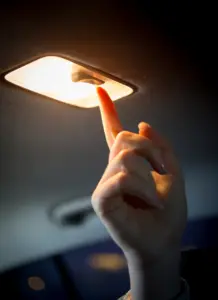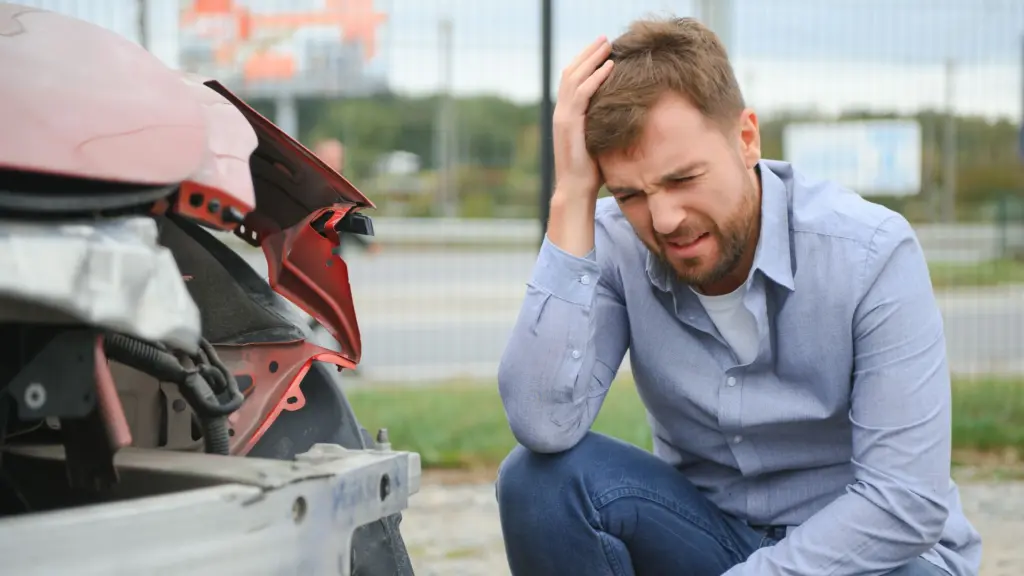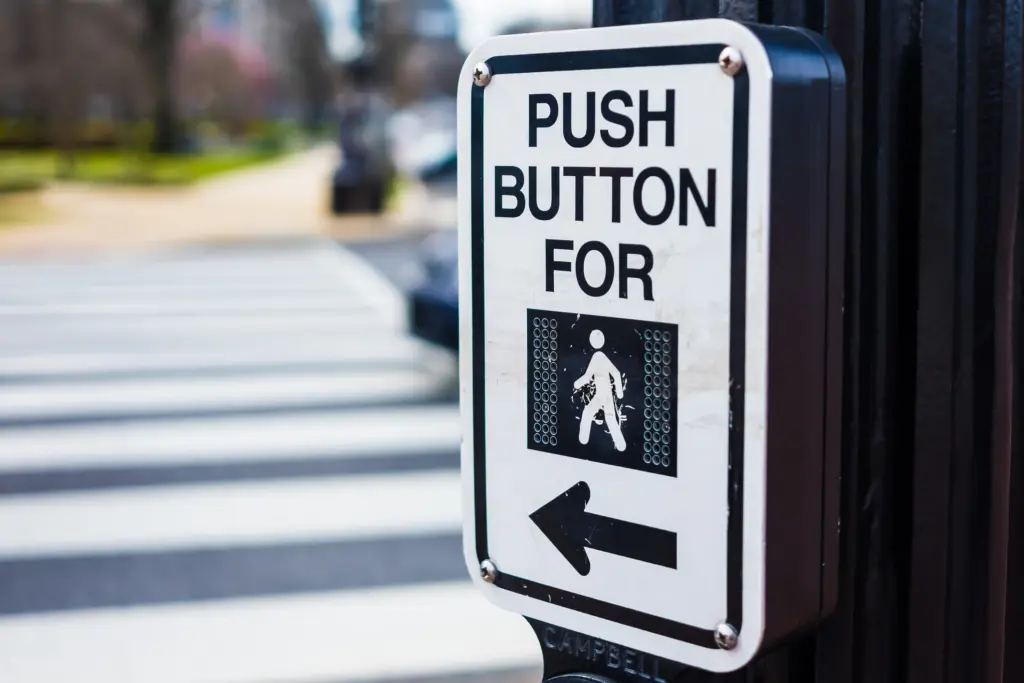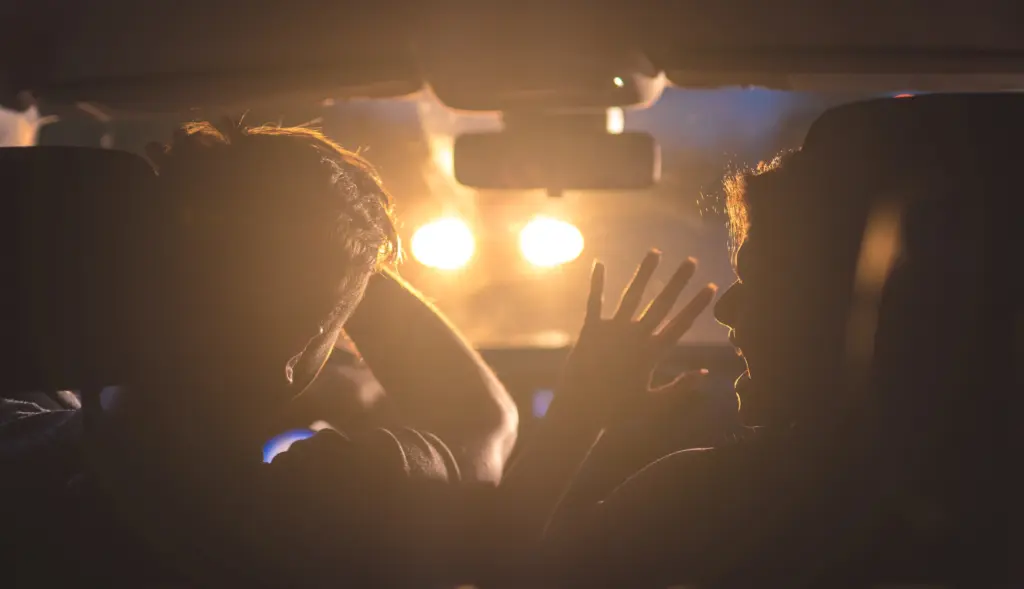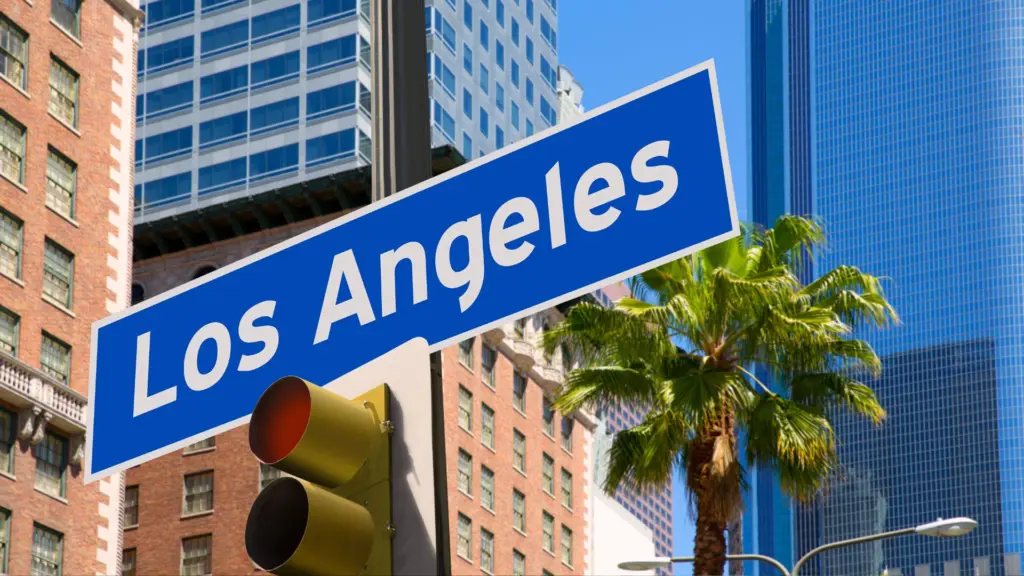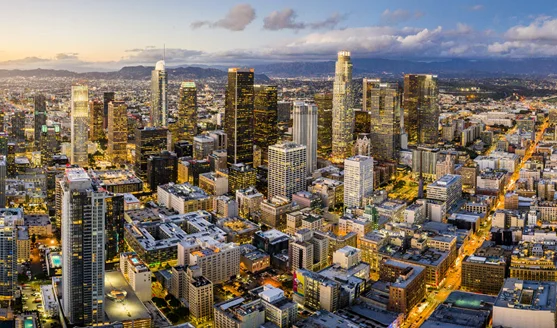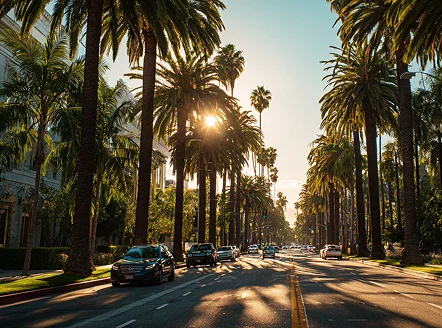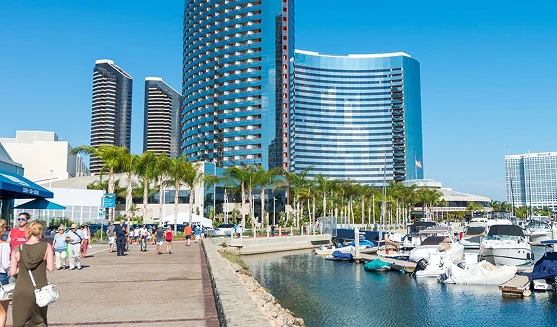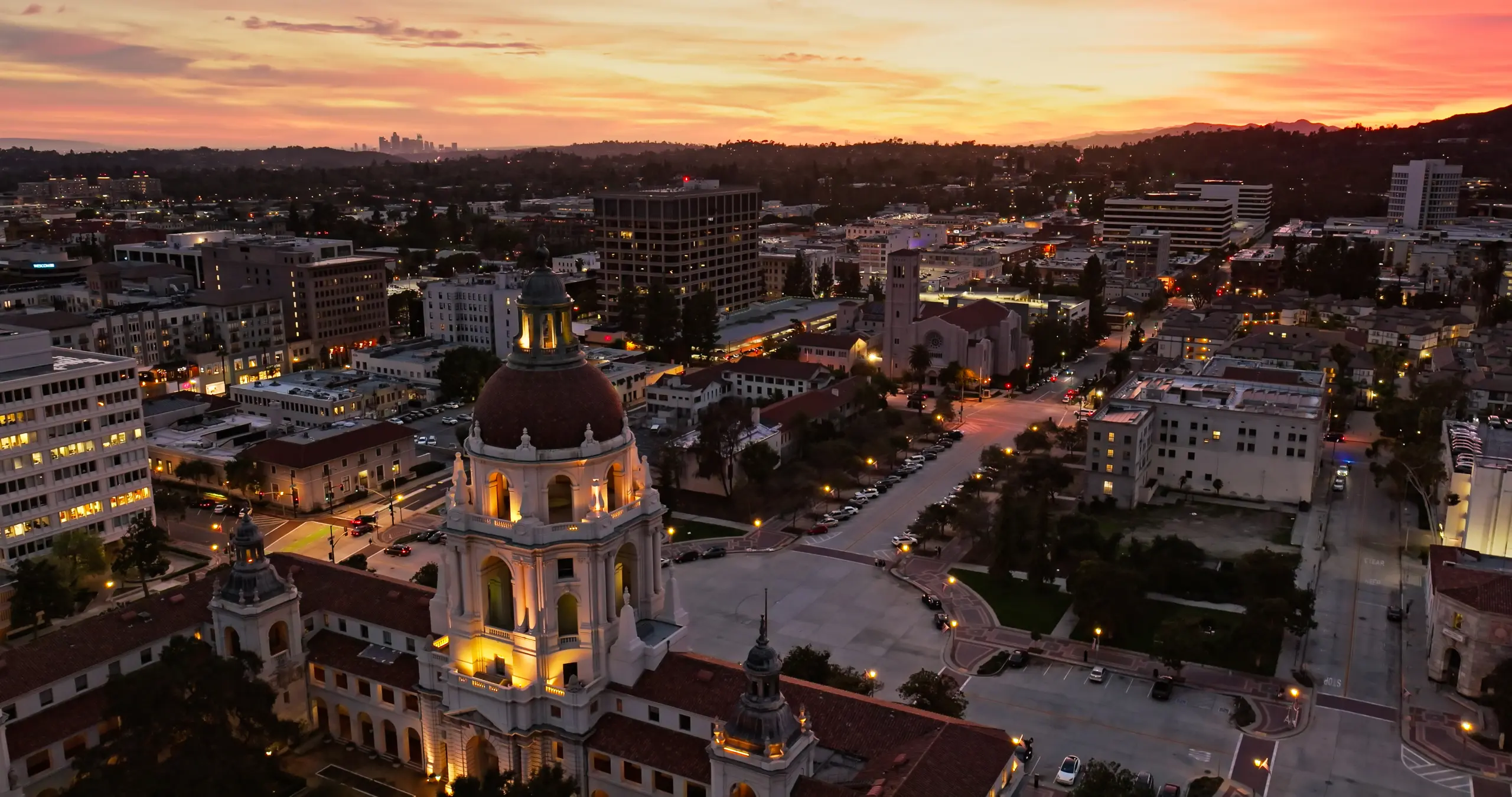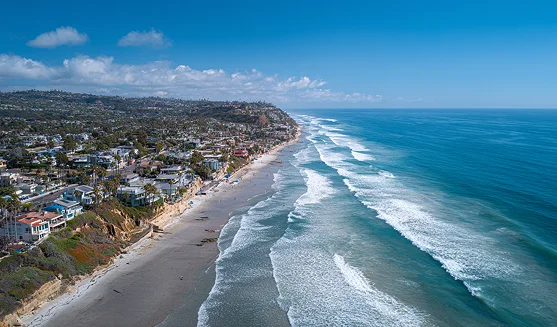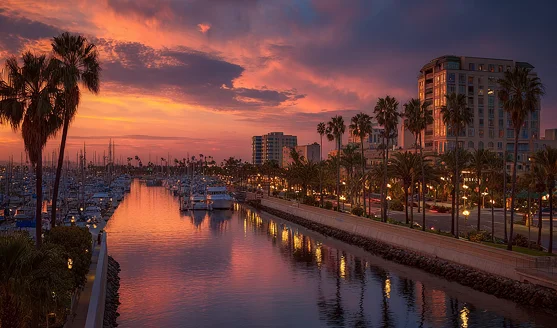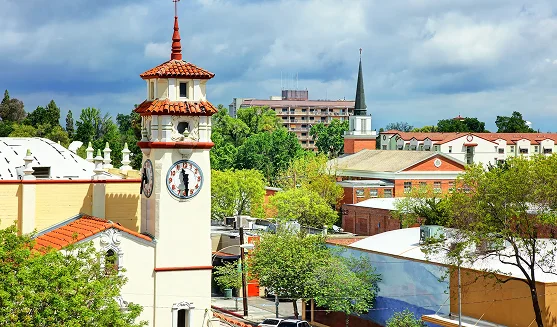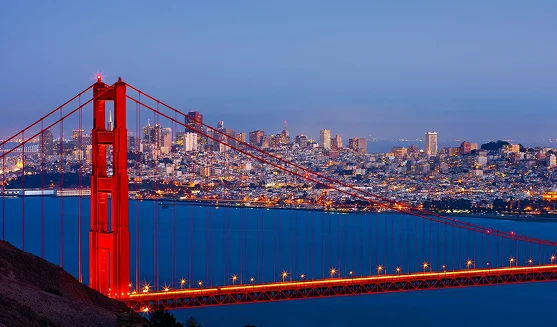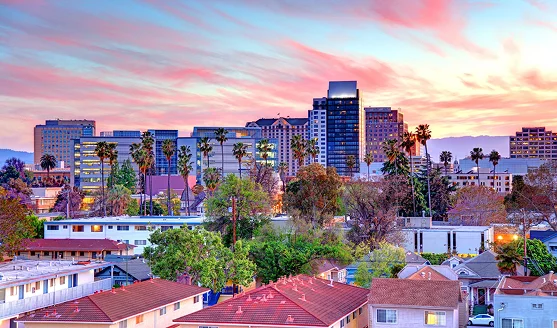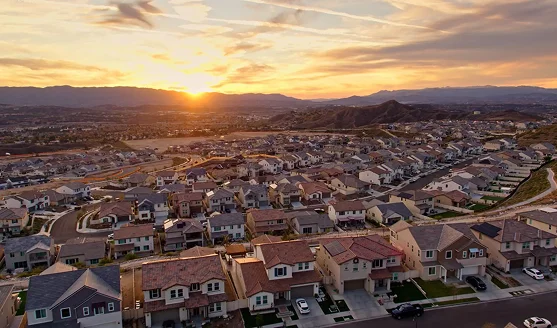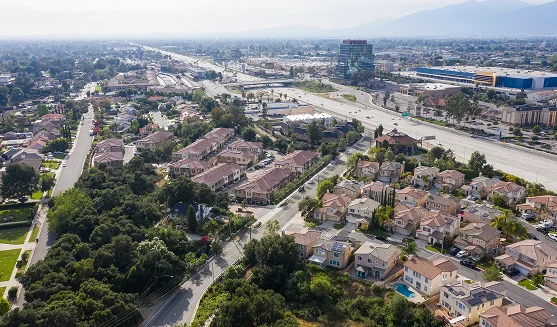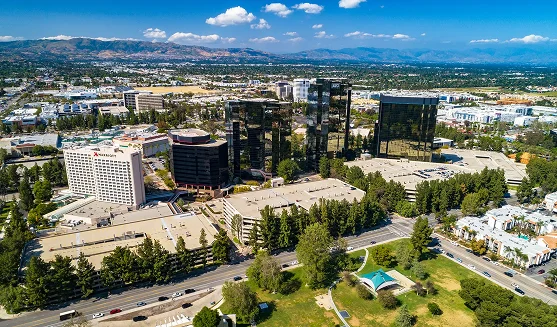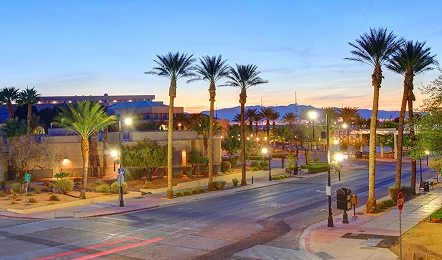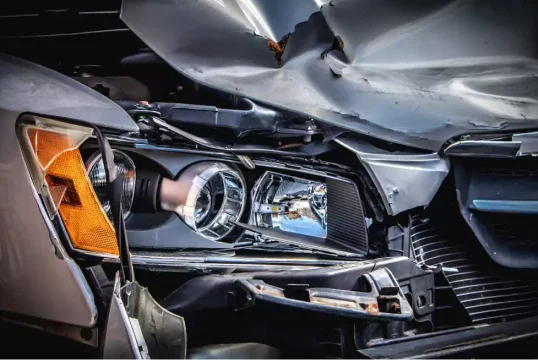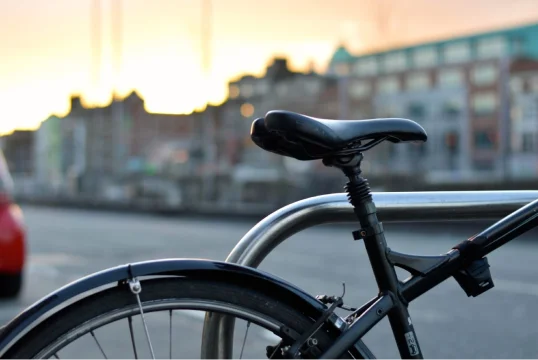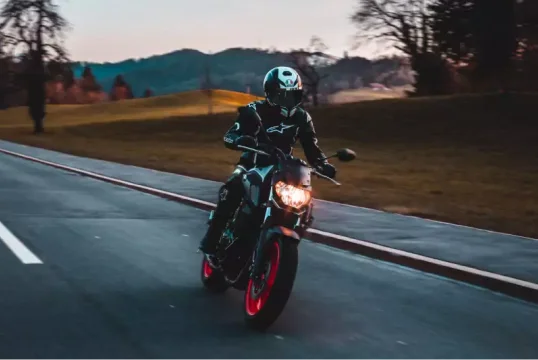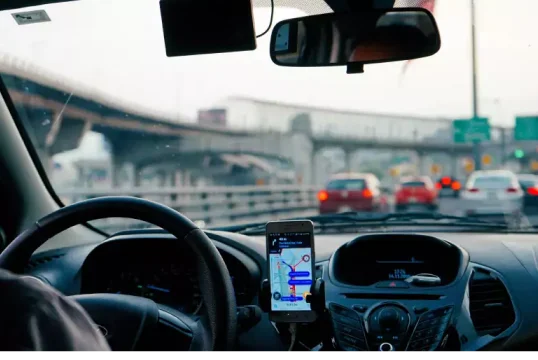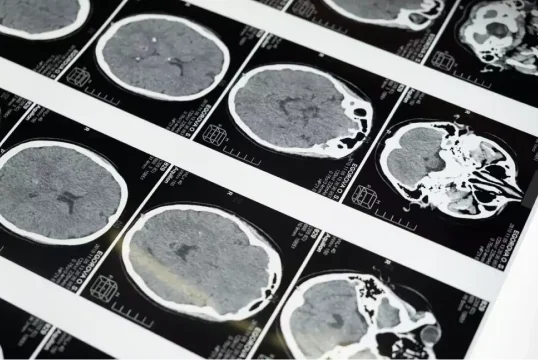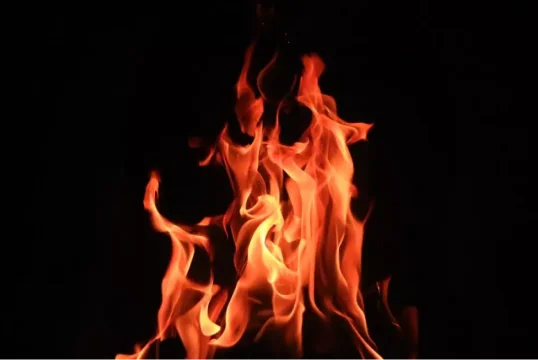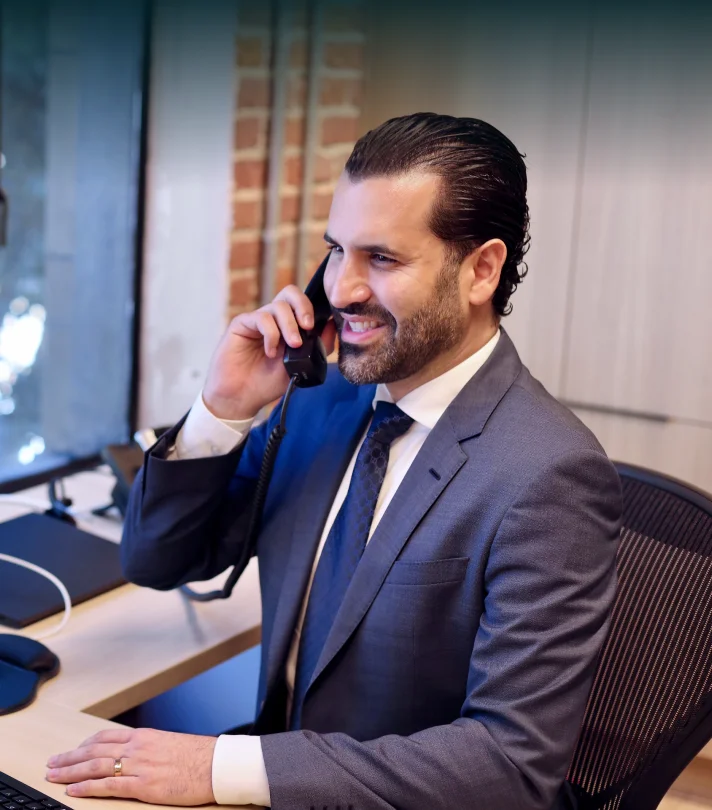We’ve all done it. Hit the interior light to find a dropped fry, check a map, or make sure the kids are buckled in. But every driver has probably heard the same warning: “Turn that light off! It’s illegal to drive with your interior lights on.”
Is that actually true? In California and across most of the U.S., the short answer is oddly… no—it’s not illegal to drive with your interior lights on. But that doesn’t mean it’s always safe or smart to do so.
Let’s clear up the confusion, explore what the California Vehicle Code actually says, and explain when interior lights can still get you a ticket… or worse, cause a crash.
What California Law Says About Driving With Interior Lights

There’s no specific section in the California Vehicle Code that prohibits using your cabin or dome light while driving. However, law enforcement can still stop you if the interior lighting:
- Impedes your visibility or creates glare on the windshield, or
- Distracts other drivers or is used in a way that violates another traffic law.
In other words, using an interior light is legal as long as it doesn’t interfere with safe operation of your vehicle under CVC §24409 and CVC §24002 (unsafe vehicle operation).
If the light is too bright, reflects off your windshield, or distracts other motorists, an officer may cite you for unsafe driving or obstruction of view even though the light itself isn’t banned.
Why Interior Lights Can Be Dangerous at Night
Even though it’s not illegal, driving with interior lights on can be risky. That’s because bright cabin lights reduce your eyes’ ability to adapt to darkness.
Night driving already limits visibility; when you add glare or reflection from inside your car, it can make it harder to spot pedestrians, road signs, or animals crossing.
Common hazards include:
- Reduced contrast between the road and surroundings.
- Increased reaction time to objects ahead.
- Glare from shiny surfaces like the dashboard or mirrors.
That’s why most safety experts like the National Highway Traffic Safety Administration recommend keeping interior lighting off while your vehicle is in motion.
When Driving With Interior Lights Can Get You in Trouble
While the light itself isn’t illegal, certain scenarios can still lead to a citation or liability in an accident:
1. Distracting or Impeding Visibility
If an officer believes your interior light made it difficult for you (or other drivers) to see clearly, you can be cited for unsafe driving practices.
2. Police Misinterpretation
Police may pull you over if they suspect the light is being used for illegal reasons (e.g., to conceal drug use or distract other drivers).
3. Causing a Collision
If your interior light contributed to a crash like another driver was blinded by glare, you could share fault for the accident. Insurance adjusters sometimes factor this into comparative negligence evaluations.
4. Distracting Other Drivers
Flashing or colored interior lights, like LED strips visible from outside, can be mistaken for emergency lighting and may lead to a citation under CVC §25268 (unlawful use of colored lighting).
How Do Interior Light Laws Differ by State?
While California law doesn’t prohibit interior lights, nearby states have slightly different approaches:
- Arizona: The state has no statute specifically banning interior lights, but drivers can still be cited for unsafe operation if cabin lights affect visibility under A.R.S. §28-701.
- Nevada: Similar to California, Nevada doesn’t outlaw dome lights, but law enforcement can issue tickets for distraction or obstruction under NRS §484B.163.
- Washington State: Interior lighting isn’t illegal, but RCW 46.37.210 prohibits using colored or flashing lights visible from outside the vehicle unless authorized.
The takeaway? Regardless of where you’re driving, keep interior lights dim and off while moving to avoid distraction-related citations or accidents.
Can Driving With Interior Lights Affect an Accident Claim?
If your interior light contributed to a collision, it could complicate your accident claim, because insurance adjusters look for any factor that may show partial fault. If an officer reports that your bright cabin light created glare or distraction, the other party’s insurer might argue you were negligent.
In California, fault is determined by comparative negligence (Civil Code §1714). That means even if another driver was mostly responsible, your compensation can be reduced by the percentage of your own fault. That’s why, after a crash, it’s crucial to speak with a Los Angeles car accident lawyer who understands how subtle details (like interior lighting) can impact your case.
Common Myths About Driving With Interior Lights
- Myth 1: It’s always illegal to have your interior light on while driving.
False. There’s no law banning it in California, though misuse can lead to other violations. - Myth 2: Police can’t stop you if you’re only using your dome light.
False. Officers can stop you if the light impairs visibility or appears suspicious. - Myth 3: Interior lights have no impact on visibility.
False. Studies show that bright cabin lighting can decrease visual performance by up to 50% at night. - Myth 4: LED lights are safer.
Not always. Bright LED or colored lighting visible outside your vehicle can mimic emergency lighting and get you cited.
Safety Tips When Using Interior Lights
If you must use your dome or map light, keep these simple rules in mind:
- Use it briefly- Turn it off as soon as you’re done.
- Dim it- Most modern vehicles have adjustable brightness, so use the lowest setting possible.
- Avoid colored lights- Stick to soft white or warm tones that don’t reflect harshly.
- Never use it while moving- If you need to search or read something, safely pull over.
Small precautions like these can prevent distractions and protect your visibility.
Talk to a Car Accident Lawyer at West Coast Trial Lawyers
In short, it’s not illegal to drive with your interior lights on in California or many other states but that doesn’t mean you should. The law focuses on whether the light makes driving unsafe or distracts others. If your cabin light contributed to a collision or traffic stop, you may still face liability under California’s unsafe driving or negligence statutes, because when accidents happen, even small details matter.
At West Coast Trial Lawyers, our experienced legal team helps drivers across Los Angeles and throughout California understand their rights after a collision. Whether you’re dealing with an insurance dispute, injury claim, or traffic citation, we’re here to guide you every step of the way. We offer free consultations and handle every case on a contingency fee basis, meaning you don’t pay unless we win.
Call (213) 927-3700 or fill out this confidential contact form to schedule your free consultation today.

